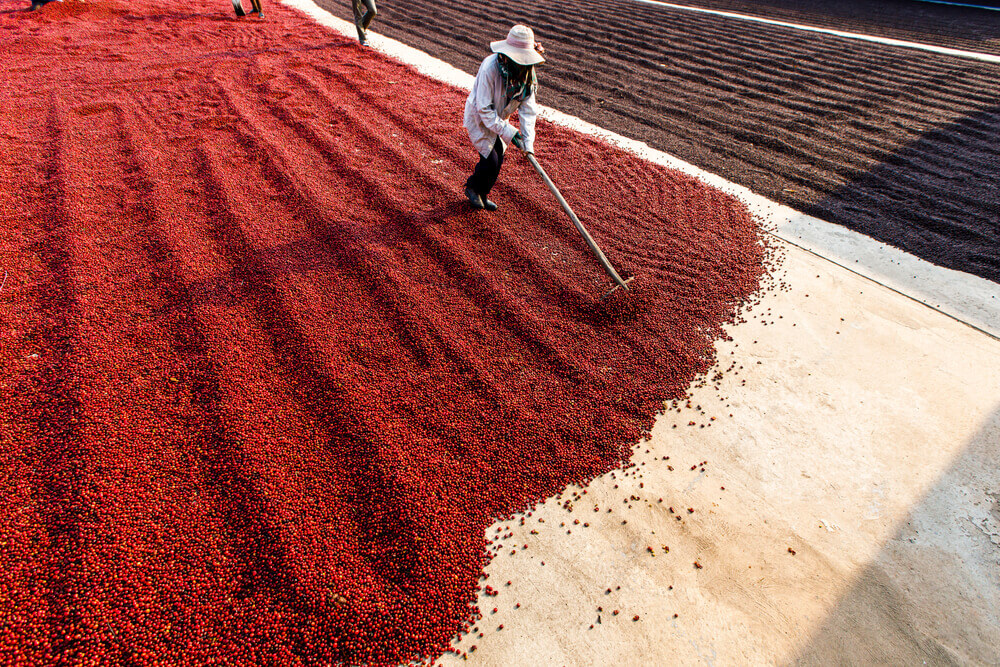On Friday, coffee prices climbed due to climate concerns affecting the beans’ production, especially in Africa and Asia.
Coffee futures for May delivery rose by 1.29% to $177.30 per pound on March 10’s Asian afternoon session.
If the global temperature issues continue, the output could get more expensive.
According to analysts’ study, they found out that the frequency of the dangers in climate increased in every region. These hazards include suboptimal growing conditions like high temperatures. They added that five of the six most critical years occurred between 2012 and 2020.
Besides, the favorable growing temperature for the two popular coffee varieties, arabica, and robusta, are 18°C to 22°C and 22°C to 28°C.
As said by experts, between 1980 and 2020, plantation regions were more prone to experiencing too-cold temperatures. However, the current climate is considered too hot in every region. Also, the majority of coffee areas never experience icy growing season conditions.
Furthermore, the researchers studied the effects of six different climate change impacts on production. One of them is El Niño-Southern Oscillation. El Niño is a crucial climate fluctuation that the planet witnesses every year.
Due to climate change, the land suitable for coffee planting could lessen by 2050. This covers the top 12 producing countries of the world.
Farmers Fight Coffee Berry Borer
Farmers are combatting the invasion of coffee berry borer (CBB) in the Papua New Guinea highlands. These pests threaten the livelihood of small-scale coffee growers in the area.
Since the CBBs are spreading rapidly in plating provinces, Monpi Coffee collaborated with Australia’s Market Development Facility (MDF). The team-up will train farmers with techniques to control the spread of the tiny pest.
Since late 2022, more than 3,840 farmers have been studying under Monpi’s Sustainable Management Services (SMS).
Additionally, the growers were provided with Brocap traps to put in their coffee blocks. The traps contain a pheromone that magnets the CBB and drowns them in the base of the trap.











